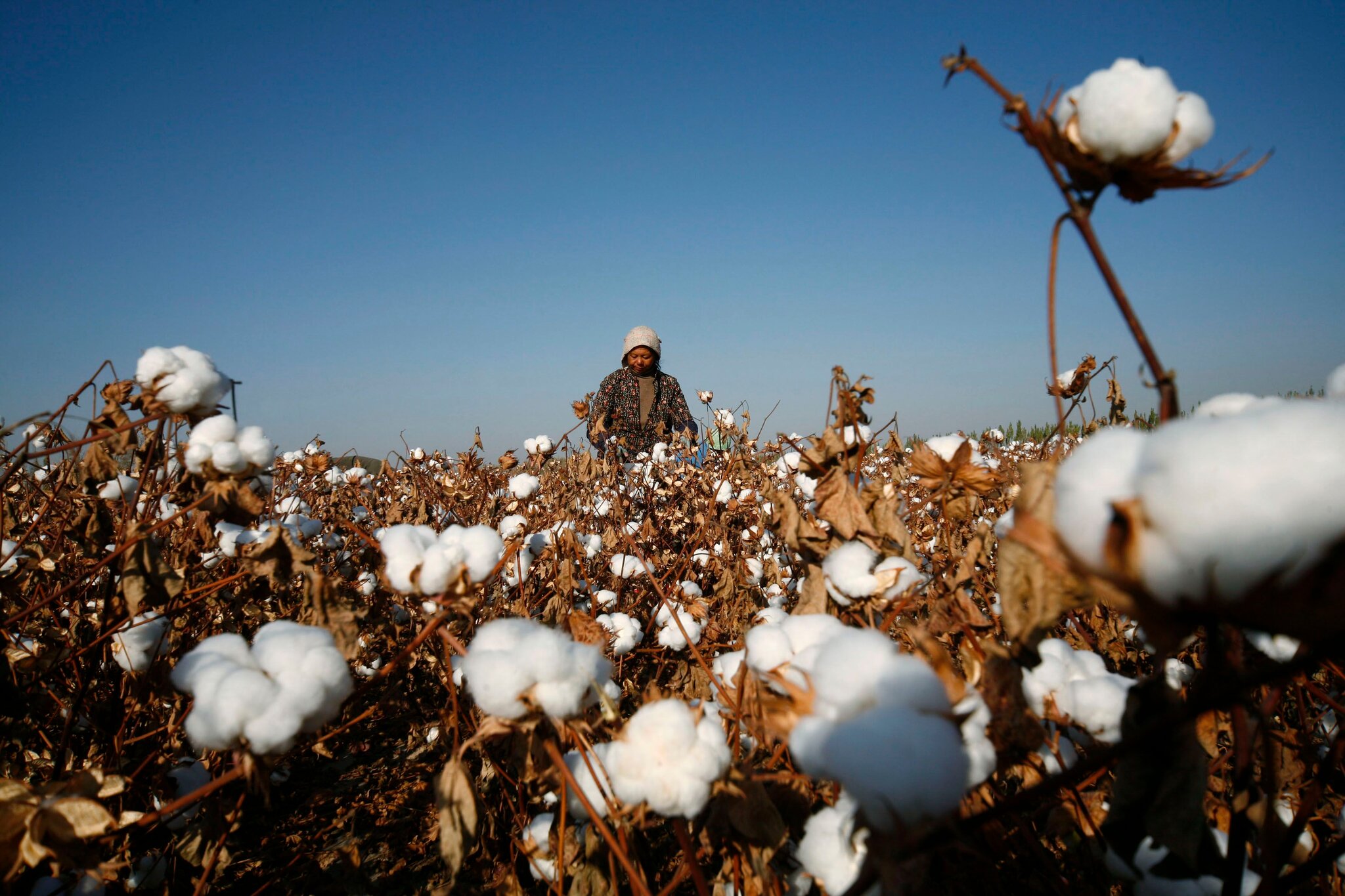The state-run Cotton Corporation of India (CCI) procured 1 crore cotton bales, each weighing 170 kg, at the Minimum Support Price (MSP) during the 2024-25 marketing season. Telangana led these procurement efforts, followed by Maharashtra and Gujarat, highlighting regional variations in cotton production.
As of March 26, 2025, Telangana accounted for the largest share of CCI's procurement, with 40.38 lakh bales. Maharashtra contributed 29.34 lakh bales, Gujarat 14.10 lakh bales, and Karnataka 5.22 lakh bales. Other significant contributions came from Madhya Pradesh (3.95 lakh bales) and Andhra Pradesh (3.83 lakh bales). Smaller procurements were recorded in Odisha, Haryana, and Rajasthan.
This year's procurement marks the second-highest volume since 2019-20, when CCI procured over 1.05 crore bales. The current figure represents over a third of the nation's total cotton production for the 2024-25 crop season. The Committee on Cotton Production and Consumption (COCPC) recently revised its crop estimate to 294.25 lakh bales.
According to the Cotton Association of India (CAI), cumulative market arrivals of cotton reached 244.25 lakh bales by March 29, 2025 indicating that over 82 per cent of the season's production has entered the market. Despite this, raw cotton prices remained below MSP levels in parts of Gujarat and Maharashtra.
CCI now faces the challenge of selling its procured bales at favorable prices. With weak global cotton prices and limited export viability, the corporation must navigate a complex market.
Though essential buyers, Indian spinning mills are not currently pressured to make purchases. Industry analysts predict that as private market stocks diminish, CCI may adjust prices to align with import parity.
Market experts also note, export demand remains sluggish, and multinational corporations are not actively buying due to high basis levels. The domestic market shows signs of price stabilization with a potential upward trend. As private ginner stocks decrease, the gap between
CCI and market prices is expected to narrow. A potential rise in ICE cotton futures could further drive domestic price increases.












